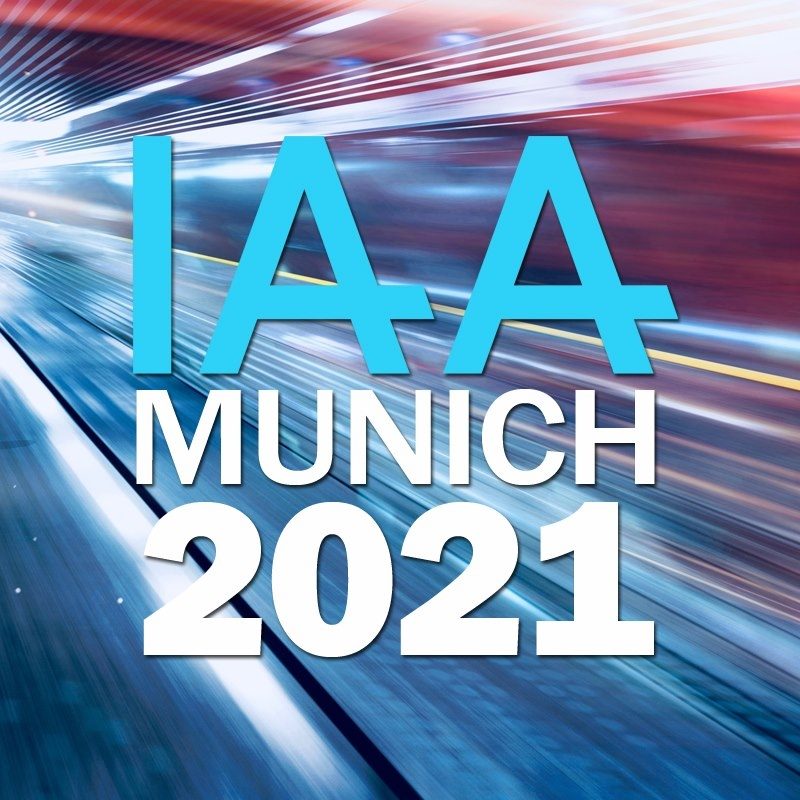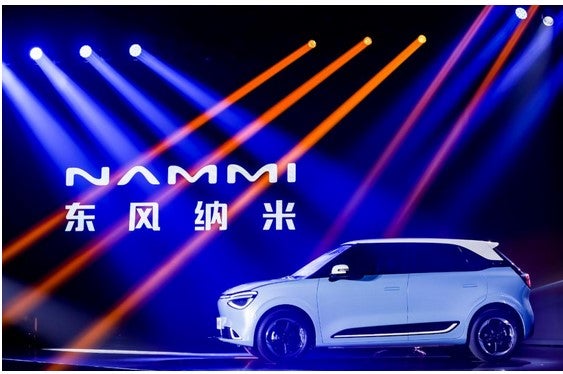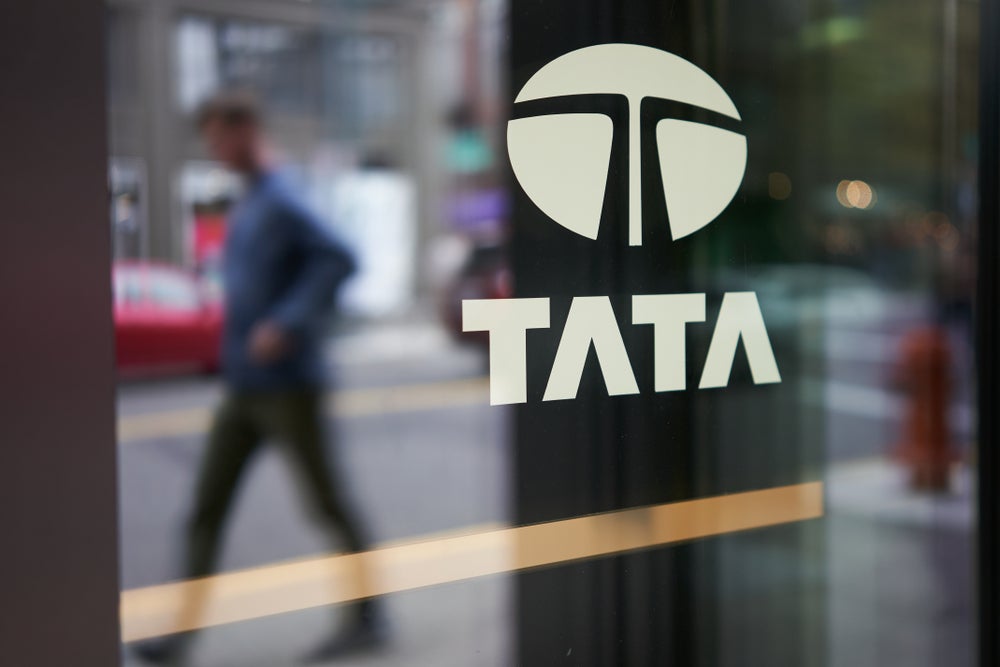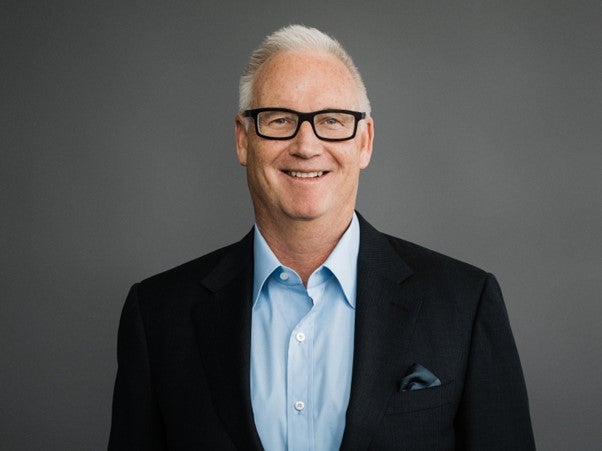
BMW Group
There are two global debuts for BMW. The first to be announced was the iX5 Hydrogen. Limited production of this SUV is due to take place from late 2022.
Another BMW brand debut is a concept called i Vision Circular. This vehicle is meant to demonstrate how the brand believes “individual, sustainable and luxurious urban mobility could look in 2040”. Manufactured from 100 per cent secondary materials or renewable raw materials, the concept is claimed to be fully recyclable.
Cupra
The SEAT division says its UrbanRebel Concept is a “radical interpretation of an urban electric performance car” and a preview of a model which is due out in 2025. As with the VW ID. Life concept (see below), this study uses the forthcoming MEB-K platform.
Speaking at an event in February, the brand’s CEO Wayne Griffiths announced, “Cupra will help make electric cars available to the masses with an urban, small electric car – and that’s a project we’re working on with the Volkswagen Group.”
Daimler
The first Daimler division to announce a world debut at the IAA was smart. Called Concept #1 , this 4,290 mm long design study is a preview of an electric SUV. The brand’s parent firm is developing the production model with Geely, using Volvo’s SEA as the basis.
Mercedes-Benz has multiple global debuts, one of which is the EQE. This 4,934 mm long RWD sedan will be a rival for cars such as the future Audi A6 e-tron. There is a 90.6 kWh battery, while the motor of the EQE 350 produces 215 kW and 530 Nm. Versions with 4MATIC come later.
Other Mercedes-Benz debuts include the armoured S-Class Guard, along with the C-Class All-Terrain, a crossover estate variant. Yet another global premiere is the Concept EQG. Termed a “near production study“, this is a future electric G-Class.
Still with the big off-roader, a Professional Line Exterior package is another novelty for the G-Class. This includes stone guard grilles for the headlights, mud flaps front and rear as well as chunky tyres and 18-inch 5-spoke wheels. A special roof rack and spare wheel holder can also be ordered.
Arguably the most fascinating car at the IAA is the Mercedes-Benz Vision AVTR concept vehicle. Along with striking looks, it has BCI (brain-computer interfaces). This is said to allow certain functions to be adjusted by brain waves.
Mercedes-Maybach revealed a preview of its first EV. The Concept EQS is a four-seat SUV. A closely related future Mercedes-Benz, the as yet unseen EQS SUV, will reach production first (in 2022).
Meanwhile, Mercedes-AMG has what it terms the division’s first ‘performance hybrid‘. This, the GT 63 S E Performance, is a PHEV. The motor and battery are positioned over the back axle. Combined power and torque from the motor and a 4.0-litre turbo V8 engine is 620 kW (843 PS) and “more than 1,400 Nm”. The claimed range in EV mode is up to 12 km.
The EQS 53 4MATIC+ is another world premiere for Mercedes-AMG. This, the brand’s first EV, is available in two versions. Both have two motors and four-wheel drive.
In the base car, power and torque are 484 kW and 950 Nm. An optional AMG Dynamic Plus package lifts these numbers to 560 kW and 1,020 Nm (in Race Start mode with boost function). The battery pack has a capacity of 107.8 kWh usable (WLTP), top speeds are 220 and 250 km/h and the lightest variant weighs a hefty 2,655 kg.
HMG
Hyundai is premiering prototypes of an Ioniq 5 robotaxi. The Level 4 EVs will be in production in 2023, the company claims, part of a JV with Motional.
The NQ5 series Kia Sportage has already been revealed in South Korea but only with 1.6-litre petrol and diesel engines. Now comes the Sportage plug-in hybrid (code: NQ5 PHEV).
Kia says the 1.6 litre T-GDI engine is supported by a 66.9 kW permanent magnet traction electric motor. The chemistry of the 13.8 kWh battery is lithium-ion polymer.
Kia Europe says its fifth generation Sportage is unique to the region. The 4,515 mm long body is shorter than the Sportage for South Korea, North America, Australia and elsewhere.
Micro Mobility
This Switzerland-based firm which sells scooters, has revealed the production version of its Microlino (or Microlino 2.0) electric city car. It was exhibited as a prototype at the 2016 Geneva motor show and passed EU homologation tests in July 2018. Production would commence “in September”, the company stated in February.
The Microlino is just 2.4m long, has two-tone paint and looks a lot like a BMW Isetta from the 1950s. One innovative touch is mounting the headlights on the front of the door mirrors. The car is designed to be parked sideways in a parking bay, with the occupants gaining access via a large side-hinged door on the front of the vehicle, just like they did with the Isetta.
Porsche
The Mission R, a concept, is meant to show how Porsche sees customer racing cars evolving as more environmentally friendly EVs. For example, many parts are made from natural fibre reinforced plastic (NFRP).
The motors produce up to 800 kW, drive is to both axles and 0-100 km/h takes a claimed 2.5 seconds. Top speed is 300 km/h.
Renault Group
Dacia is showing the Jogger for the first time. A five- or seven-seat wagon, the new model will also be available as a Renault. It is the replacement for the Logan MCV. The Jogger will arrive in dealerships in February. It is mainly for Europe, along with Israel and Turkey.
Renault Group showed its new Mobilize division’s Limo as a prototype at the IAA. The 4,670 mm long model is a special car for fleets and taxi operators.
Developed in partnership with Jiangling Motors, the Limo will be in production during the second half of 2022 and available only via a subscription scheme.
There have been multiple names for another future model from Group Renault, the latest one being Renault Megane E-Tech. In June, Renault appeared to suggest that the name may be MéganE (‘Mégane E).
In October 2020, the company stated that for the fifth generation, the car would be reinvented an an EV, revealing the Mégane eVision at a special event that month. Groupe Renault’s CEO Luca de Meo claimed that this prototype shared “95 per cent” of its looks with the production model. Build is due to commence towards the end of 2021, and this will be at Douai.
The 4,210 mm long eVision was powered by a 60 kWh battery and while small for its segment, interior room was generous thanks to a long wheelbase (2,700 mm) and short overhangs. It will be a competitor for the larger VW ID.3, along with the Nissan Leaf, Citroen e4 and others in the C-EV class. The fourth generation Megane five-door is 4,359 mm long, which is 64 mm lengthier than generation three.
There are two battery options for the production model. Full details can be found here.
Volkswagen AG
Audi sums up the grandsphere concept as a show car which has elements of a future model, and that likely means the next A8. The study premiering at the IAA has SAE Level 4 automated driving technology.
As for Volkswagen, the passenger vehicle division revealed the ID.5 GTX as a “a near production concept”. The SUV-coupé is due on sale in 2022 and might be solely for the European region.
The other main debut for the VW brand is a preview of a small EV in the form of the ID.Life concept. In contrast to larger models which use the MEB architecture, this one is front-wheel drive. The battery pack is said to have a capacity of 57 kWh.
Unusual features include no touchscreen, as well as a projector which uses all of the windscreen for showing a film or for gaming. When this is activated, the front bench seat folds flat and those in the rear can recline their seat for better viewing.
A production car in this segment is planned for 2025, Volkswagen claiming that it will cost “approximately” 20,000 euro.
Volkswagen Nutzfahrzeuge/Volkswagen Commercial Vehicles has a world debut too, in the form of the ID. Buzz AD (Autonomous Driving). This JV with Argo AI features a self-driving system.
Future platform intelligence
More detail on past, current and forthcoming models can be found in PLDB, the future vehicles database which is part of GlobalData’s Automotive Intelligence Center.





